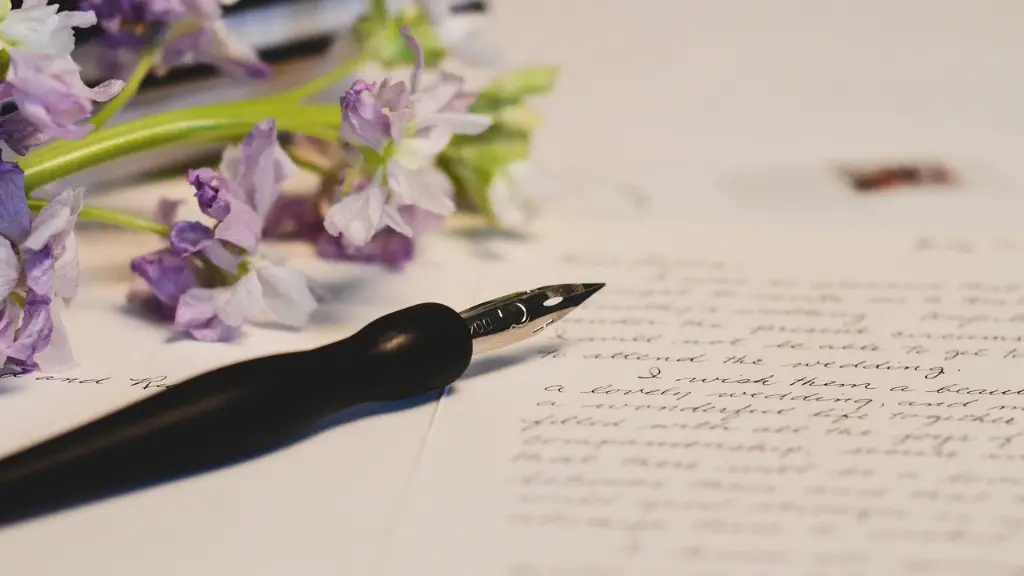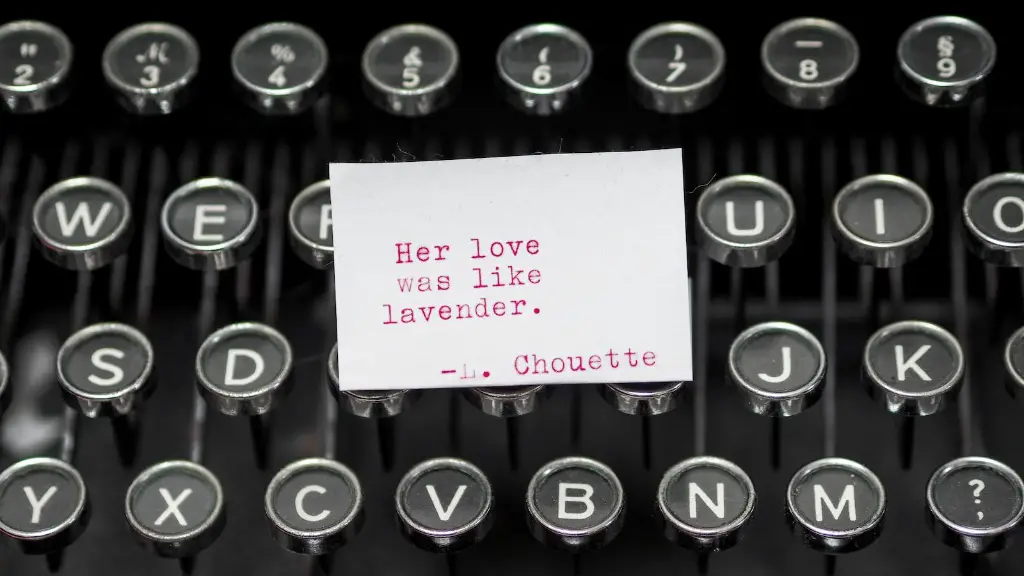Software Options
HTML makes for an ideal format when it comes to creating printable books, and these days, there are plenty of software solutions available to get the job done. From SaaS platforms like Vellum to open-source tools like Sigil, the options for DIY publishers are growing—and improving—by the day.
If you don’t have any coding experience or want someone else to take care of the technical aspects, SaaS applications are the perfect solution. With these programs, all you need to do is choose a template, drag and drop your content, and hit send. Many SaaS platforms offer features like automatic ISBN and copyright registration, formatting, a built-in image library, and other publishing extras.
For those with more technical know-how, open-source solutions offer a more flexible approach to book publishing. From comprehensive ebook-creation programs like Sigil to more streamlined solutions like Scribus, these tools enable you to truly get your hands dirty, designing your book from the ground up with maximum control.
Design Elements
As with any book, the key to a successful poetry book design lies in the details. Poetry books need to capture both the individual pieces and the book as a whole, creating a cohesive look with subtle visual cues. Here are a few design elements to consider when creating a poetry book:
First and foremost, your typeface needs to be readable and inviting. Choose a professional-looking Serif font such as Minion Pro or Garamond for body text and a Sans Serif for headings. Don’t forget about line spacing; research suggests that 40–50% of the text height can be used for optimum readability.
A poetry book is all about the words, so don’t overdo it with the visuals. A few simple design elements—such as icons, customized fonts, or custom textures—are enough to create a unique look and feel.
Finally, don’t forget about page design. Keep page layout consistent, and group poems into sections to create visual organization. This makes the book easier to navigate, and provides readers with a better user experience.
Layout and Formatting
The main challenge of designing a poetry book is dealing with irregular text. For example, some poems are short and others are long; some use simple language while others are more complex. A good layout must take these variations into account and make sure the text format is clear, clean, and appealing.
When laying out your book, bear in mind that the reader will be turning pages frequently. Pages with too much text will be difficult to digest, so it’s important to allow for “breathing space” by using adequate line spacing, margins, and typography.
As far as formatting goes, try to be consistent. Word choice and phrasing should be the same throughout the book, and poems should be laid out the same way. Also, pay attention to the finer details like font styling, line breaks, and capitalization—these all have an impact on the overall look.
Printing Considerations
Printing a poetry book can be a tricky endeavor. As always, you need to take into account a variety of factors such as paper quality, color accuracy, and production time—but you also need to research the type of binding that’s best suited to a poetry book.
Hard cover bindings are more durable and will ensure the book’s lasting quality, but they tend to be more expensive. Soft cover bindings may not last as long, but they’re generally more affordable and easier to personalize with custom illustrations. Of course, this choice will come down to personal preference, but either option should get the job done.
Marketing and Distribution
Once your book is printed and ready to go, you need to figure out how to get it into readers’ hands. This is where book marketing and distribution come into play.
If you want to self-publish, there are several options available, ranging from digital marketplaces like Amazon KDP and Apple Books to print-on-demand services like CreateSpace. If you want to sell your book in physical stores, you’ll need to work with a book distributor to make sure it’s placed in stores and stocked by wholesalers.
Promotion Strategies
Finally, the last step in the process is to promote your book. These days, there are countless ways to promote a book, from email campaigns and social media advertising to giving away copies in exchange for reviews.
No matter what channels you choose, the key is to make sure your message is heard and remembered. Use clear and concise language, offer compelling visuals, and be sure to use social media influencers and other high-profile personalities to spread the word.
Tools and Resources
As a self-publisher, the most important tool you’ll need is a good understanding of the industry. Research best practices, find resources, and speak to publishing professionals—all which will help ensure your success.
And of course, having the right software makes all the difference too. Utilize book-design tools like Adobe InDesign or Apple Pages to create beautiful digital editions, or use HTML game-changers like Vellum or Sigil to build ebooks.
Conclusion
Creating a great poetry book takes more than just good design; it requires a deep understanding of the industry, careful planning, and the right tools to make it all happen. With the right strategy, anyone can create a book that stands out from the crowd and captures the essence of their work.


